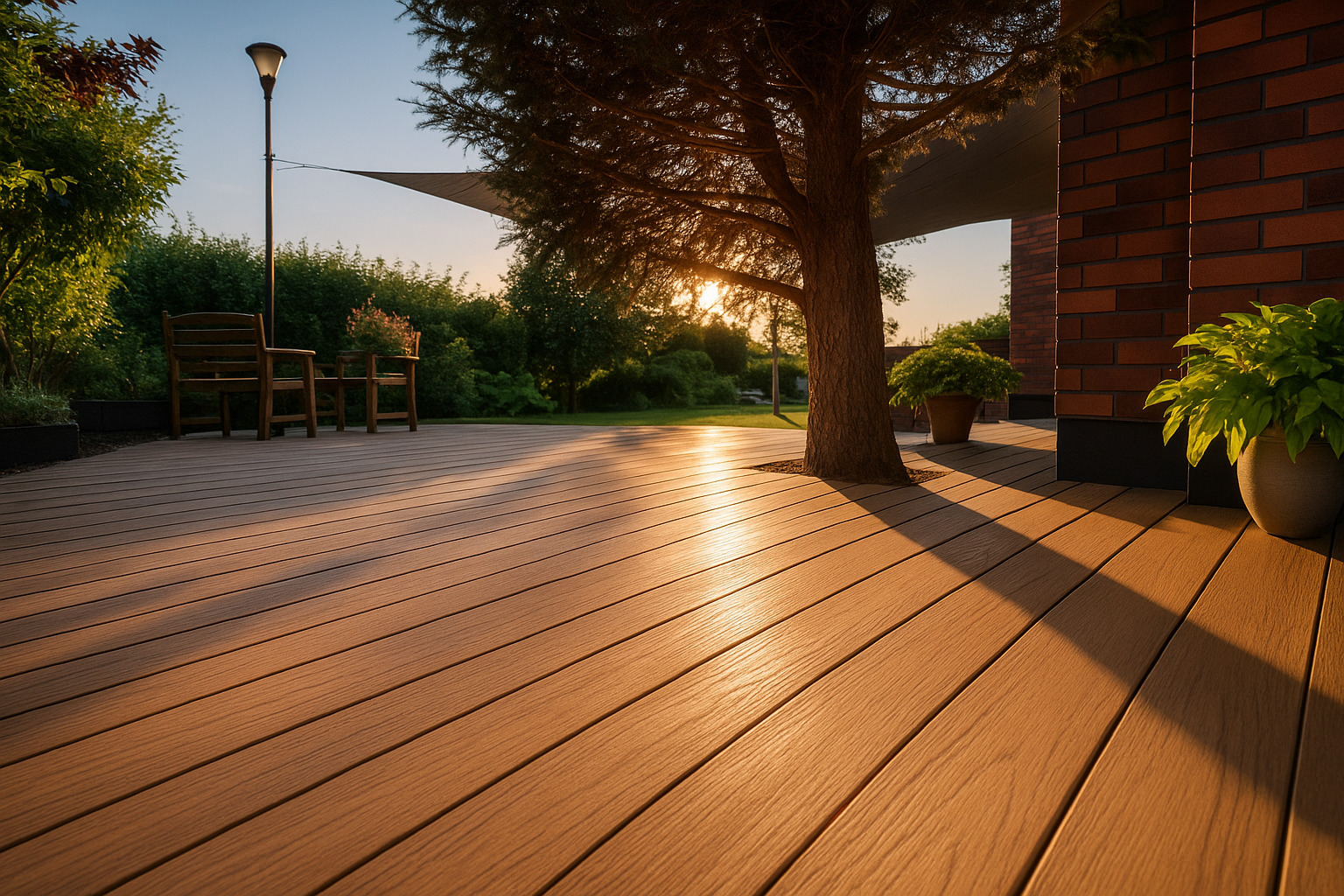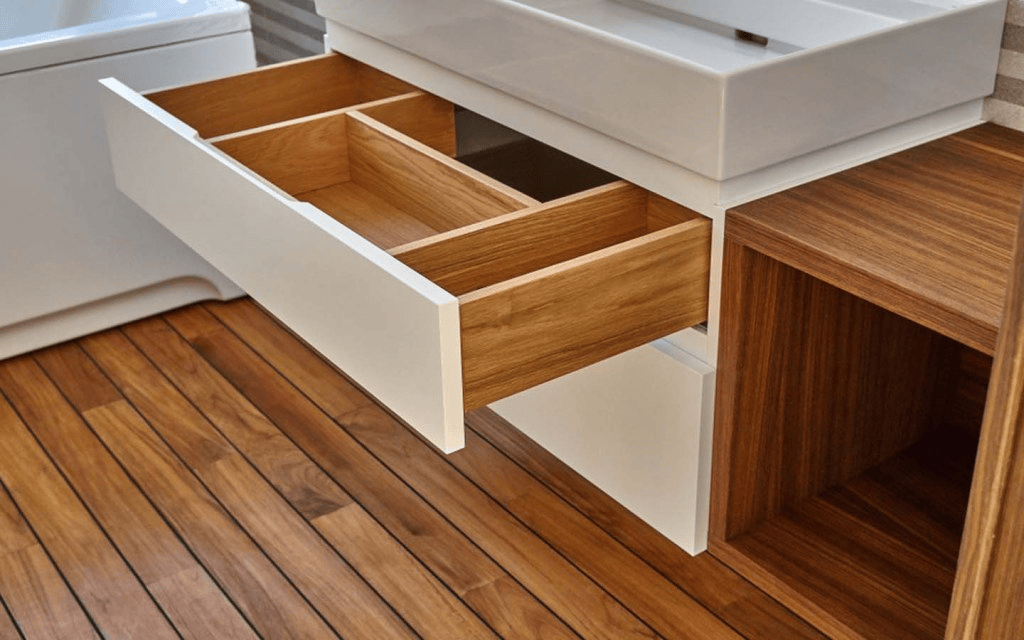17th Apr 2025
What is Teak Wood? – A Complete Guide
Teak wood, often hailed as the "king of woods," has been a cornerstone in woodworking and construction for centuries. Its unique blend of durability, aesthetic appeal, and versatility makes it a preferred choice for various applications. This comprehensive guide delves into the origins, properties, uses, and maintenance of teak wood, providing valuable insights for homeowners, furniture buyers, woodworkers, DIY enthusiasts, and interior designers.

Understanding Teak Wood & Its Unique Properties
Teak (Tectona grandis) is a tropical hardwood native to Southeast Asia, particularly countries like Myanmar, Thailand, and Indonesia. The wood is renowned for its high oil content, tight grain, and high tensile strength, contributing to its exceptional durability and resistance to environmental factors. These inherent oils and dense grain structure make teak naturally resistant to moisture, dec ay, and insect infestations, ensuring longevity even in challenging conditions.
One of the standout features of teak is its dimensional stability. Unlike many other woods, teak exhibits minimal expansion or contraction when exposed to humidity changes, making it an ideal material for environments with fluctuating climates.
Where Does Teak Wood Come From?
Teak is primarily sourced from natural forests in Southeast Asia. However, due to its high demand and the need for sustainable practices, teak plantations have been established in various tropical regions, including Africa and the Caribbean. These plantations aim to meet global demand while reducing the pressure on natural forests, promoting responsible sourcing and environmental conservation.
If you're unsure of which finish or style suits your space, we recommend ordering samples or swatches to get a feel for the texture and tone before committing.
Why Is Teak Wood So Popular?
The enduring popularity of teak wood can be attributed to several key factors:
- Durability: Teak's natural oils and dense grain make it highly resistant to rot, fungi, and mildew, ensuring a long lifespan even in outdoor settings.
- Aesthetic Appeal: Teak boasts a rich golden-brown hue that matures into a distinguished silver-gray patina over time, adding to its timeless beauty.
- Low Maintenance: Its inherent properties allow teak to withstand harsh weather conditions with minimal upkeep, making it a practical choice for both indoor and outdoor applications.
Versatility: From furniture and flooring to boat decks and cutting boards, teak's adaptability across various uses underscores its widespread appeal.
Teak Wood Uses: From Furniture to Flooring
Teak's unique properties have led to its extensive use in various applications:
- Outdoor Furniture: Its resistance to moisture and pests makes teak ideal for crafting durable outdoor furniture that can withstand the elements.
- Boat Decking: Historically, teak has been a preferred material in shipbuilding due to its durability and resistance to water, rot, and pests.
- Indoor Flooring: Teak's aesthetic appeal and durability make it a popular choice for indoor flooring, adding warmth and elegance to interior spaces.
- Cutting Boards and Countertops: The wood's hardness and resistance to moisture make it suitable for kitchen surfaces, offering both functionality and style.
Teak Wood Finishing: Stains, Oils & Maintenance
Proper finishing and maintenance can enhance the longevity and appearance of teak wood:
- Natural Aging: Over time, teak develops a silver-gray patina when left untreated, which many find aesthetically pleasing.
- Oiling: Applying teak oil can enhance the wood's natural color and provide additional protection. However, regular reapplication is necessary to maintain the finish.
- Cleaning: Regular cleaning with mild soap and water helps maintain the teak's appearance. It's advisable to avoid harsh chemicals that can strip the wood's natural oils.
How to Buy Quality Teak Wood?
When purchasing teak, consider the following factors to ensure quality:
- Source: Opt for teak sourced from reputable suppliers who adhere to sustainable harvesting practices.
- Grade: Teak is categorized into grades based on quality. Grade A teak, derived from the heartwood, is of the highest quality, exhibiting uniform color and grain.
- Moisture Content: Properly kiln-dried teak with low moisture content is less prone to warping and cracking, ensuring durability.

Teak Wood vs Other Woods
Comparing teak to other woods highlights its superior qualities:
- Teak vs. Acacia: While acacia is durable and often used for outdoor furniture, teak's higher oil content and tighter grain provide better resistance to moisture and pests.
- Teak vs. Mahogany: Both are premium hardwoods, but teak's natural oils offer superior weather resistance, making it more suitable for outdoor applications.
- Teak vs. Ipe: Ipe is extremely dense and durable, often used for decking. However, teak's workability and natural oils give it an edge in applications requiring both durability and ease of use.
Takeaways
Teak wood is renowned for its exceptional durability and aesthetic appeal. Its natural oils and tight grain structure make it highly resistant to moisture, decay, and insect infestations, ensuring longevity even in challenging environments. This resilience makes teak ideal for outdoor furniture, boat decking, and indoor flooring.
Over time, untreated teak develops a silver-gray patina, adding to its timeless charm. Its versatility and low maintenance requirements further enhance its desirability for homeowners and designers seeking both functionality and elegance in wood selections.

